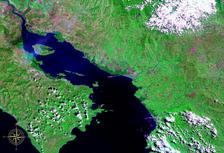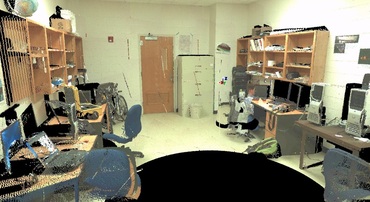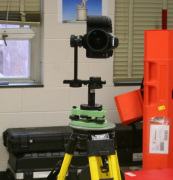
Gulf of Nicoya seen from space (false color)
The recent proliferation of GIS (Geographic Information System) has made it a common acronym in a multitude of fields. You benefit from a GIS everyday, but you have probably never noticed. Think of the revolution of in-car GPS; an array of Global Positioning Satellites track you, but they don't track you through a blank screen, do they? No, the GPS places you amongst a detailed map of highways, streets, overpasses and lakes. That map of features is a GIS. A GIS allows its user to view the world in a very specific way, and the following is an excellent example of the power of GIS.
Introduction
My Advanced Coastal GIS course recently presented me with a fictitious but realistic problem; from an engineering perspective, asses the region surrounding Nicoya Bay, Costa Rica, for sites which are suitable for shrimp aquaculture.Thinking from an engineering perspective, we factored in building cost, shipping distance to a major city, proximity to both fresh (river) and salt water (10-25 ppt) and site elevation. Additionally, we decided to narrow down our site selections by opting to use already built Salinas (salt flats) for potential shrimp aquaculture. Choosing a Salinas will lower building costs and reduce the risk of unforeseen problems inherent in new building locations.



